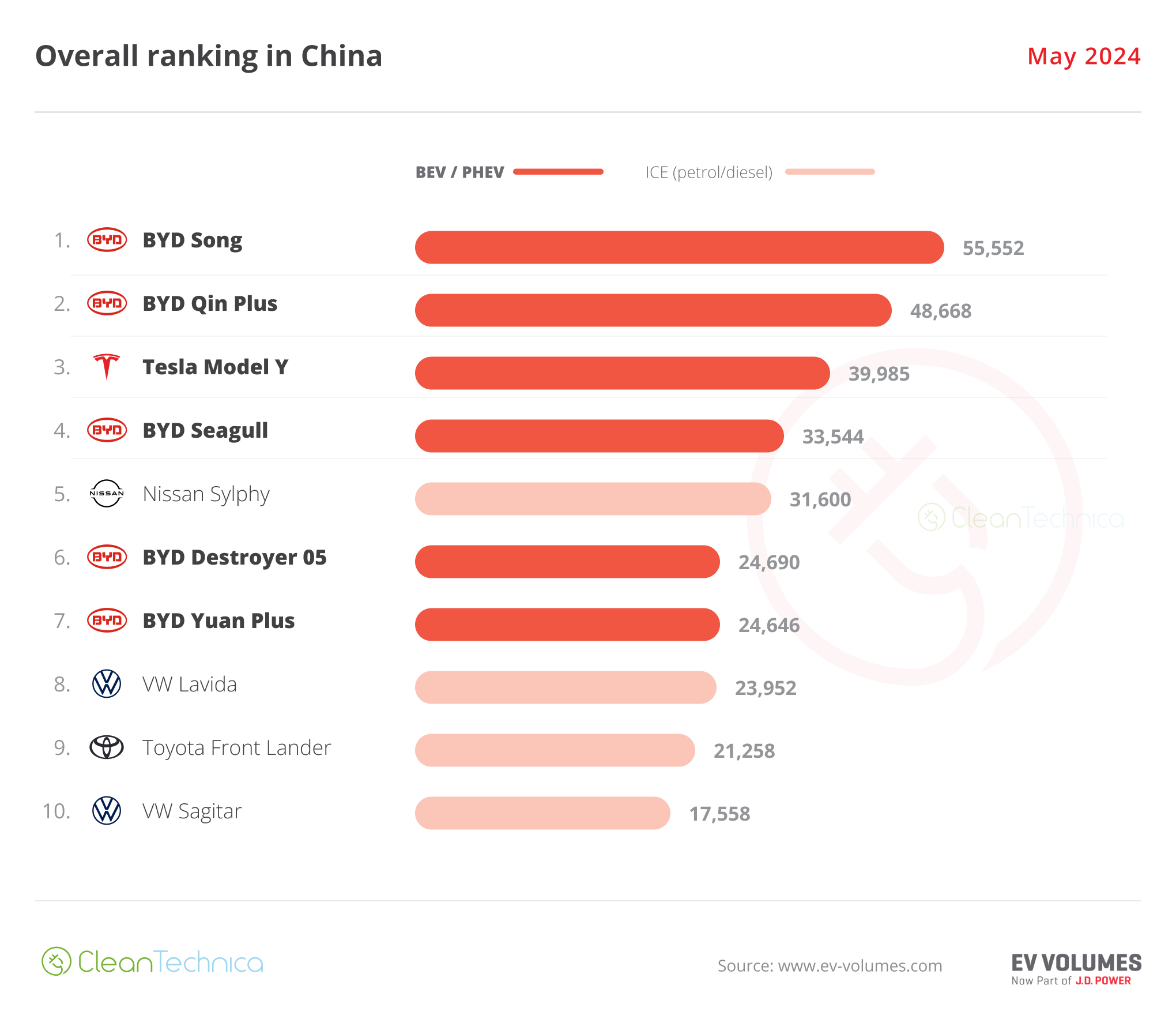According to Swift chief executive officer Brian Mangano, the Australian mining and resources industry faces many challenges across the lifecycle of a project.
One of the most common challenges is the lack of infrastructure in these very remote locations, especially in the early stages of the mine’s life where there are tight budget constraints and a need to carefully consider where to invest regarding what could potentially be a temporary site.
One example Mangano mentioned in the context of Swift’s business is that many companies assume that geography and lack of infrastructure would also be a barrier to providing a premium entertainment experience and a comprehensive engagement platform capable of delivering communications across various key areas that companies might normally deliver across their intranet.
However, Mangano was keen to highlight that it is surprisingly simple with the right technology, like Swift’s proprietary low bandwidth technology.
“We can deliver our solution on a bandwidth of as little as 4mb/sec… this is what you would expect from an old 3G mobile service, or put another way, equivalent to the bandwidth required to stream a SD movie,” he said.
“We have installed entertainment and communications solutions for projects from exploration camps to fly camps into construction and later into permanent villages.”
Mangano went on to highlight that Swift’s long-term relationship with Roy Hill was one example of where they had worked with a customer on their Mine Exploration Camp (MEC), then on their Mine Construction Camp (MCC), right through to where they are now in their Mine Permanent Village.
“With the product evolving throughout their relationship and its innovation being driven by where it could add value for the customer,” he said. “We are now on the fifth generation of our premium entertainment and engagement solution with Roy Hill.”
Mangano shared other examples of where Swift had installed and managed their entertainment and engagement solution in locations with very limited infrastructure and other services, such as a BHP project, Mooka Village, which was a construction camp to support the Port Headland rail and port projects. As well as two exploration camps for Fortescue in 2021.
“In today’s competitive marketplace, where staff recruitment and retention are high on everyone’s list of priorities, companies know that the quality of the on-site living experience and access to services to support people working away from home is a key competitive advantage in attracting the best talent and keeping them,” Mangano said.
This need isn’t any less important at the early stages of an M&R project. Providing access to premium entertainment and essential information, such as services available to those living on-site, is key in supporting all aspects of their well-being. Creating an engaged and informed community for everyone living on-site also plays a key role in helping to overcome feelings of isolation that come not only from the remoteness of the location but also from living and working away from home.
Mangano emphasised that while some companies may be reluctant to invest in a premium experience for temporary villages, Swift’s solution can be moved to another location to support a new camp or permanent village.
Therefore, the challenge isn’t the location or the risks attached to investment in a temporary location; the real challenge is finding a reason not to invest in your people from day one.




